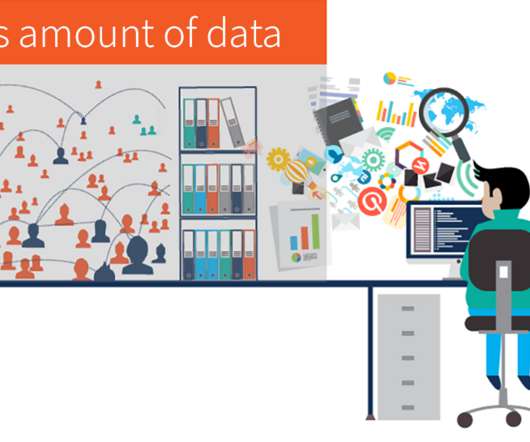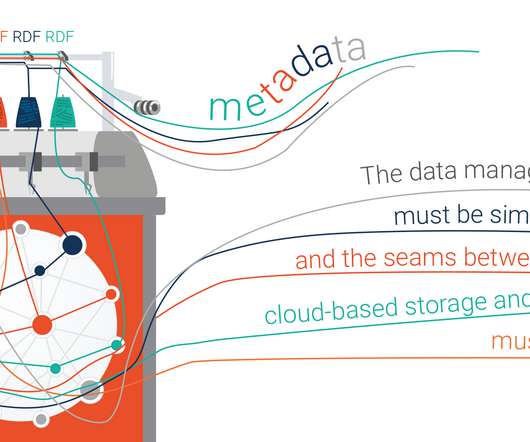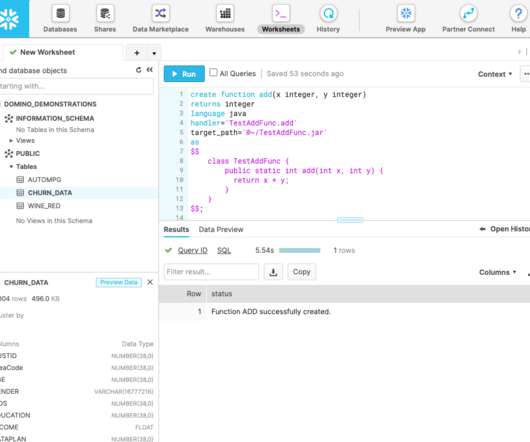Knowledge Graphs and Healthcare
Ontotext
APRIL 27, 2021
They also developed a large-scale knowledge graph for an early hypothesis testing tool. The knowledge graph seamlessly connects proprietary internal data with open public data to provide a single comprehensive view. Tried and Tested.























Let's personalize your content